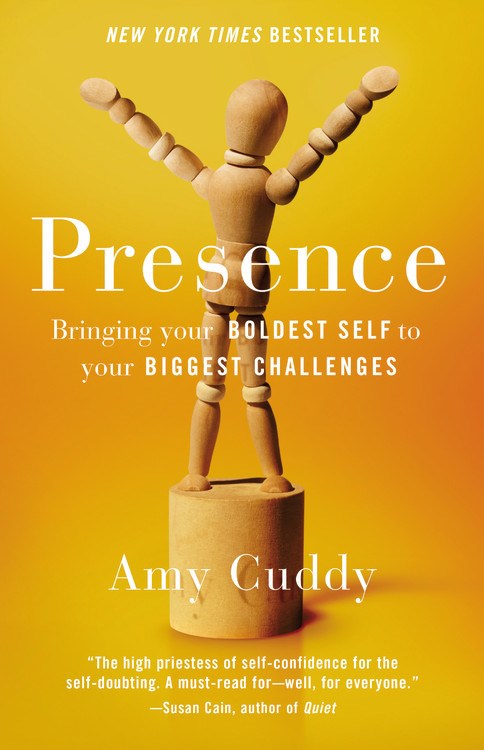Jack Covert Selects: The Three Tensions
The Three Tensions: Winning the Struggle to Perform Without Compromise by Dominic Dodd and Ken Favaro, Jossey-Bass, January 2007, $27. 95, Hardcover, 256 Pages, ISBN 0787987794
800-CEO-READ has experienced considerable growth over the last four years. We are very fortunate, but our success has presented us with options we have never had to consider before.
The Three Tensions: Winning the Struggle to Perform Without Compromise by Dominic Dodd and Ken Favaro, Jossey-Bass, January 2007, $27.95, Hardcover, 256 Pages, ISBN 0787987794
800-CEO-READ has experienced considerable growth over the last four years. We are very fortunate, but our success has presented us with options we have never had to consider before. Many of our strategy discussions end with trade-offs after struggling to decide between one thing or another. A new book that studies these tensions that many companies deal with caught my attention.
How often have you been in a meeting and heard this kind of comment, "We really need to invest in the long-term, but we'll never make our quarterly earnings." Or maybe the statement was, "Growth is our primary focus, but we can't sacrifice profitability." Or how about, "We are going centralize all appropriate functions, but continue to give divisions autonomy in decision making." Do you hear all the "buts" in those statements? These types of contradictory statements, these three tensions, confuse people and create harmful cycles of alternating emphasis. The focus of this book is to change the conversation on business strategy from "but" to "and".
Authors Dominic Dodd and Ken Favaro have found a common bond (the "and") for each pair of competing forces. When companies want both growth and profitability, they should focus on rewards customers get from them. The bond between short-term and long-term is the earnings created without taking from next quarter or next year. If a company wants to take actions that benefit the whole as well as the individual parts, the development of synergic resources and capabilities is essential.
I can't do justice to the book in such a little space. I didn't get into the measurement aspect to their philosophy or how management fads seem to move back and forth between these same tensions. You need to read the whole book to appreciate the depth of the material. There is something new here and worthy of a spot in your 2007 reading list.
